
Abstract Photography
by Dirk Dom
About five years ago, I was in Spain in my parents’ house for a week. I got bored and I decided to try abstract photography. It turned out just marvelous. I really opened my eyes, it felt like boundaries got removed. It changed my photography so much that I started calling myself an artistic photographer.
I’ve given a lecture about it to some photo clubs, wanting to open their eyes and broaden their perspective. I showed photographs going from sort of normal to just too weird, and what I do in Photoshop and using a scanner instead of a camera. With every image, I explained what it was and how I did it.
You have to look very hard, 100% of the time, to big and small things, because literally everything can make for an interesting image.
Because I’m much more limited in number of images here than with a lecture, I’ll take bigger steps.
WARNING: With my abstract photography, anything, really anything, goes!!!
Umbrella’s and Sky
This shot is on the verge of being abstract. When seeing the nice colors of the umbrellas and the blue sky, I made for the most extreme composition which was still harmonious: I gave it a diagonal from bottom, left to top, right.
Faucet in the Setting Sun
This shot I discovered the day before, I went back the next day to nail it. The sun grazed the wall only for a few minutes, making it a play of black and white, the shadow of the faucet is not recognizable. When shooting abstracts, you have to look and search very hard. Since the attention is completely withdrawn from the faucet, it’s an abstract shot.
Laser sharpened meat knife
You can have immense fun with a macro lens; this is a 2:1 shot from a knife. So far, no one has guessed what it was when I showed it.
Rainbow caused by a drinking glass and shadow of the stem of the glass.
This image, taken with my 200mm macro, took a lot of photo shopping as the table surface was full of dirt.
Bottom of an empty wine bottle
A friend challenged me to take an interesting shot of this empty wine bottle. I put it inverted in a bucket in the sun with the deep shadow of a bush behind it. Put upside down, it looks like a UFO. 200mm macro lens.
Chicken soup in a black bowl
I had made a rich chicken soup. My brother in law Wout challenged me to make an interesting shot of it. I took my 200mm macro. Because there was only little light, I had to use a long shutter time and that’s why it all came out with swirls. Interesting? I don’t know. Weird? Certainly.
Car tail lights through a wire mesh
With the 85mm f/1.2 wide open, of course. I’ve also got this shot solarized (I’ll explain about that, later)
Ambulance passing on the highway.
I shot this at 10FPS to get the strobe lights.
Windshield protection in sodium light
I went to the night shop and found this car with a mylar foil on the windshield against frost. I went home, grabbed a camera and took this shot.
Reflection of a rock , lit by setting sun, in a puddle.
The rock around the puddle is blue because it’s in deep shade. The reflected rock is deep yellow because the setting sun lights it. I discovered the potential for this shot but I had to look extremely hard, walking back and forth, for a good composition. I only had like two minutes because the sun was going fast.
Chicken wire in front of a rock.
I took this one with the Hasselblad Xpan. I liked the texture and focused wide open on the shadow of the wire, leaving the wire unsharp.
Glass objects.
Glass is endless.
Lid of a Murano bowl.
This image I made on my flatbed scanner. I’ll explain later.
A Murano bowl with the Sun behind it.
Endless possibilities with glass. I collect it.
When coming home, I saw this bowl all lit up. I started photographing into it with my 200mm macro. Because the bowl was dusty, It took quite some work in Photoshop to clean up the shot. In a case like this, you need perfection! I sold this shot 4 feet wide, it’s incredible.
Reflections.
Reflection of a Spanish flag in water.
The possibilities here are also endless. How do I do it?
I use an Olympus PEN digital camera, micro four thirds, with a 135mm manual focus lens. I shoot at 1 /125th or shorter. The image moves extremely fast, so you can’t see what you get. I put the camera at 3FPS and shoot continuously for five to ten seconds. At home, at leisure, I discard all the shots with bad composition in the camera. I don’t think you can use autofocus with this as even manual focus is difficult. You ‘ll have to try! Because the image is often low contrast, I use levels in Photoshop to crank it up.
Masts of a boat, reflected in the water.
Reminds me of a Dalí painting.
Reflection of trees in a stream after throwing in a stick
I throw in the stick. When the waves come, I shoot at 3FPS. This was done with a 105mm macro. After some ten tries, I only got one shot like this. I sold this shot five times already, once 4 feet high. You have to be lucky.
Reflection of a car taillight in a stainless steel lighting pole, lit by the setting sun.
A guy parks his car. I see the potential for this shot, but he puts his lights out and goes away. Missed the shot. Five seconds later he comes back. I’m ready, could take just one shot. Reflections don’t all have to be from water.
Scanning.
You can make incredible images with a flatbed scanner. It has a crazy resolution. I’ve scanned just about everything in my home. I have an Epson V750, I can do both reflected light and transparencies. I have so many fabulous images it’s difficult to select. I include two:
Toilet brush
Here, I introduce you with something new: Solarisation. You find it in Photoshop, under filter, stylize. I warned you: like it or not, with my abstract photography, anything goes!!!
Scotch Tape on a Leather Penbag
Also a scan. This was a mother to do. I knew what I wanted and I put Scotch tape on just about everything in my home, and, at last, a leather penbag did the job. It’s an exercise in white on black, black on white.
Other solarized stuff.
This isn’t abstract, or is it? The Golden Gate bridge, San Francisco
When walking around near the Visitor’s center, I discovered this otherworldly composition with Cat’s tails. I solarized it, et voilà!
Reflection of a chandelier in a glass table.
Took this shot when I discovered it while visiting with friends. Solarized.
Detail of a dandelion flower.
Taken with the 85mm f/1.2, on 800 ASA film with extension tubes, scanned, solarized.
Glass and plexiglass glue
This is a scan. I wrote about my glass disc – colored plexiglass glue experiments in a former article; this is a disc with pieces of blue glass from a smashed vase on top of it, solarized.
Composites.
You can put several images together in Photoshop. The images can be identical and mirrored or four different ones, if those were taken in rapid succession, you can make composites which are symmetrical on the big scale but not symmetrical on the small scale. Completely symmetrical composites I call symmetriads. Composites which aren’t symmetrical on the small scale I call asymmetriads. These names come from Stanislaw Lem’s book Solaris.
Escalator at 21th Mission BART Station, San Francisco
This is a symmetriad.
LED ribbon
I bought this LED ribbon and plugged it in while still on its reel. I just had to take some photographs. This is a symmetriad.
Life Raft Reflection, San Francisco Golden Gate, near the Ferry Building.
This is an asymmetriad.
And, finally: aliens!
Alien 2
In some composite images, I discover a face. I call them aliens. This alien I thought about at 2AM, in bed. I had to get out of bed and make it immediately. The base image is a cat’s tail, which I took at the Golden Gate bridge two years before. This is a symmetriad. I lighten or darken parts of the image to make it more expressive.
Alien 6
This is an asymmetriad. It’s grass in front of the Mediterranean sea. I added in eyes: Anything goes!!!

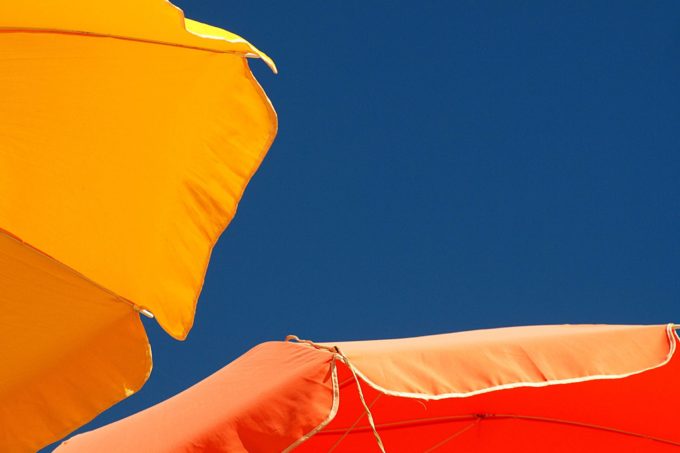
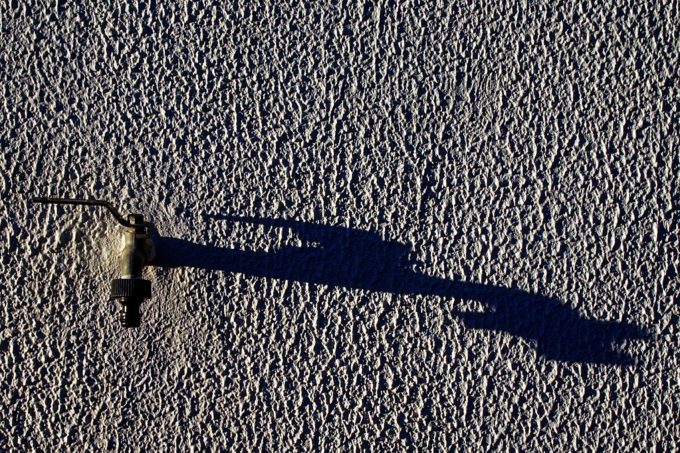
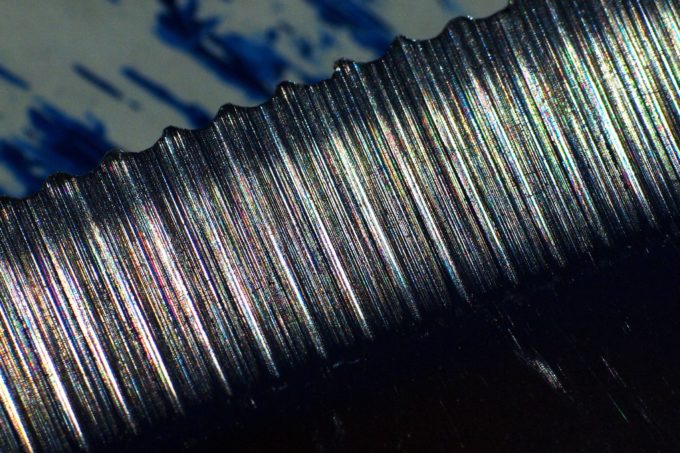
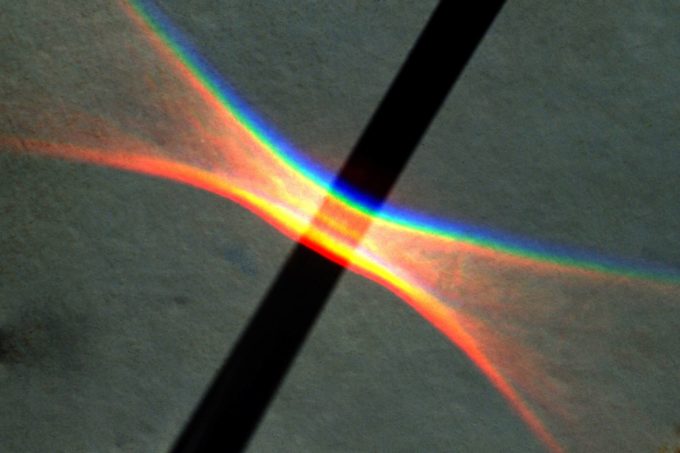
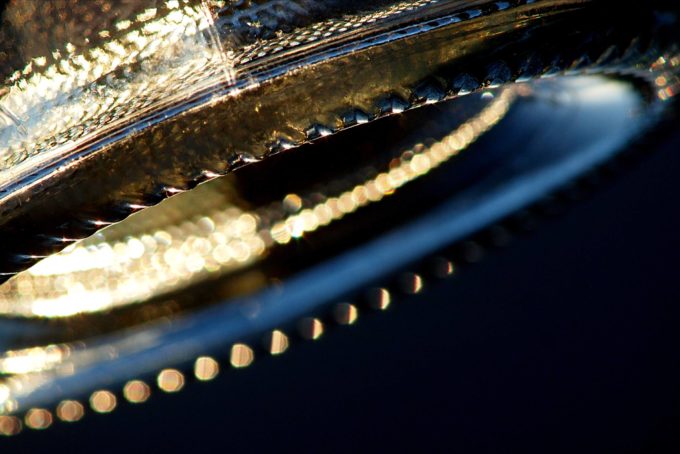
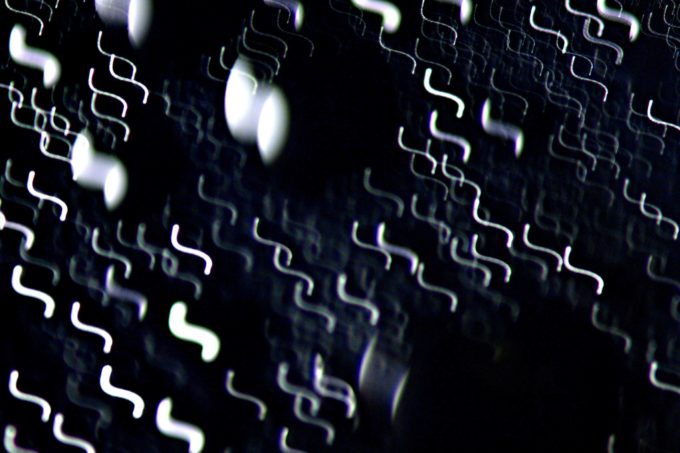
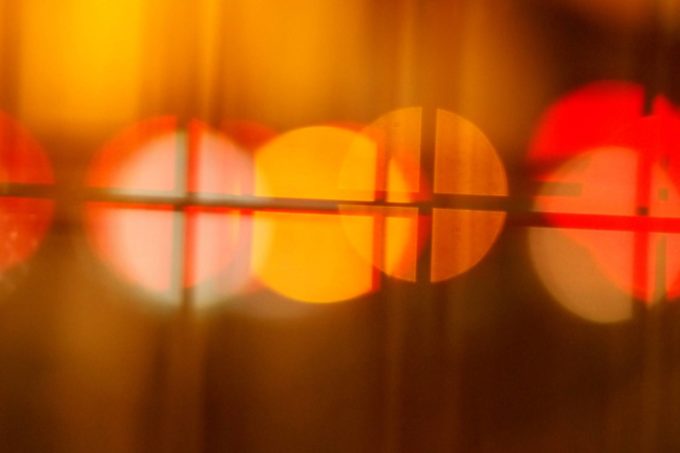
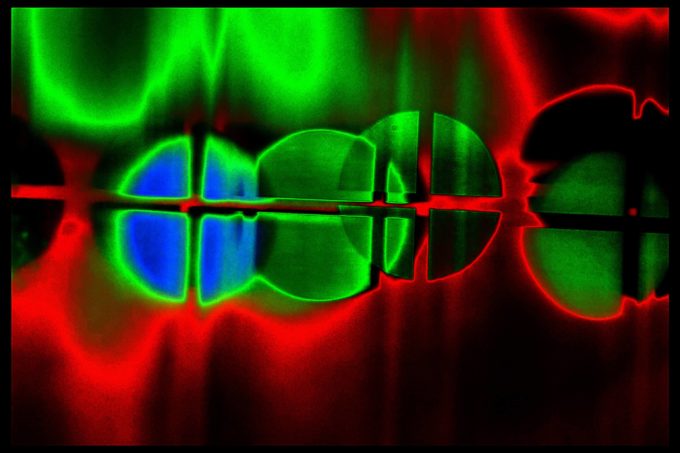
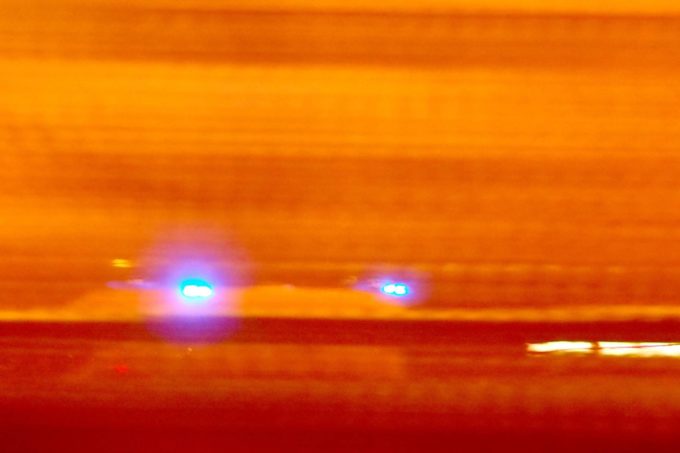
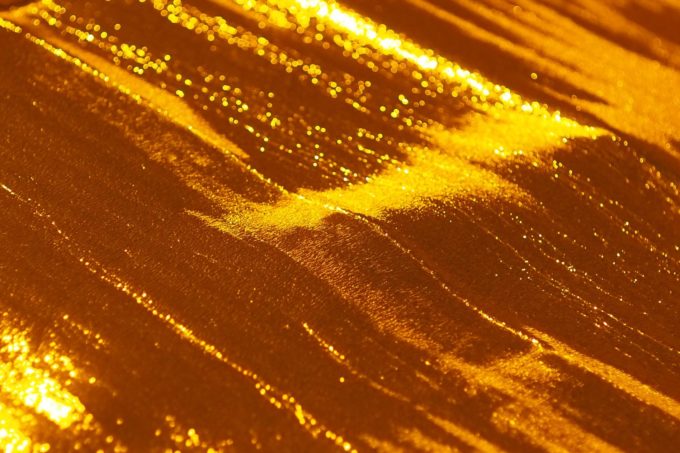
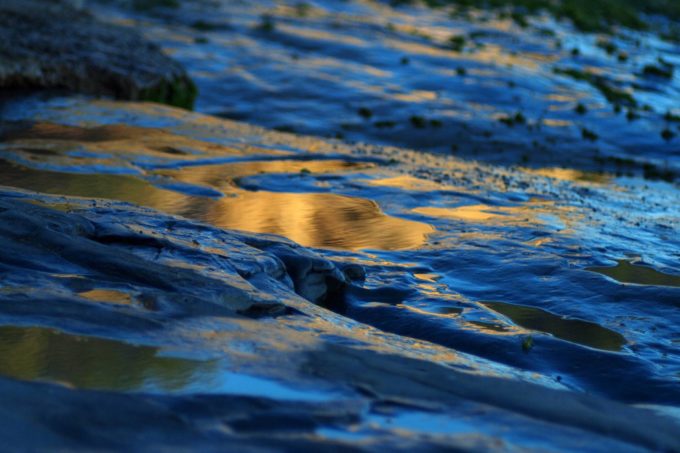
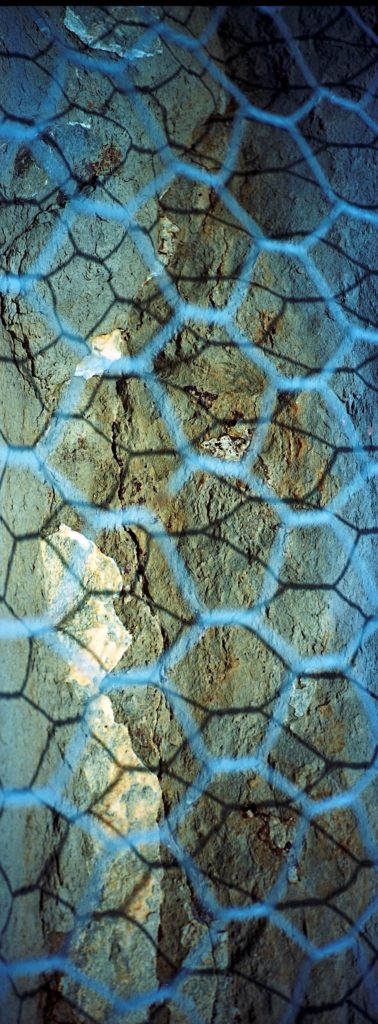
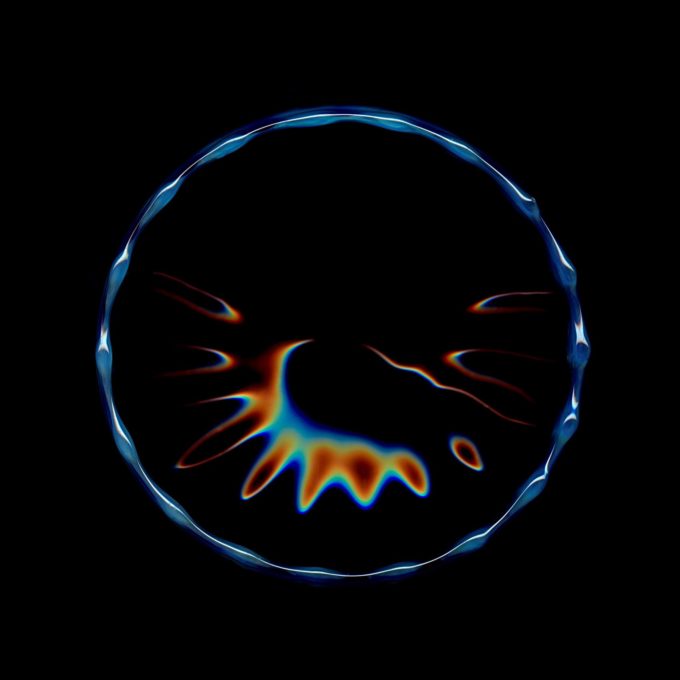
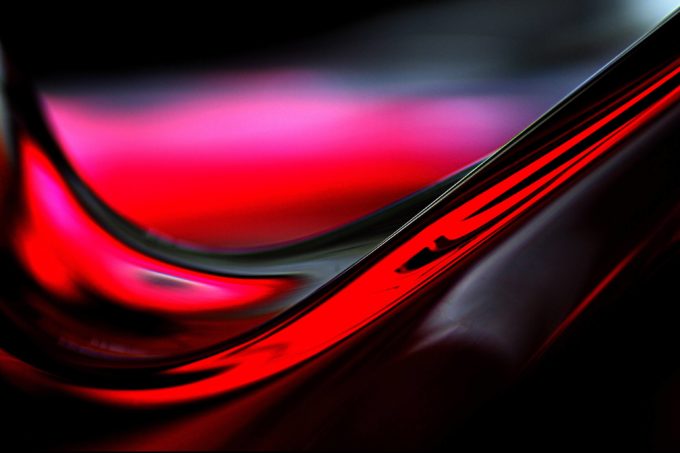
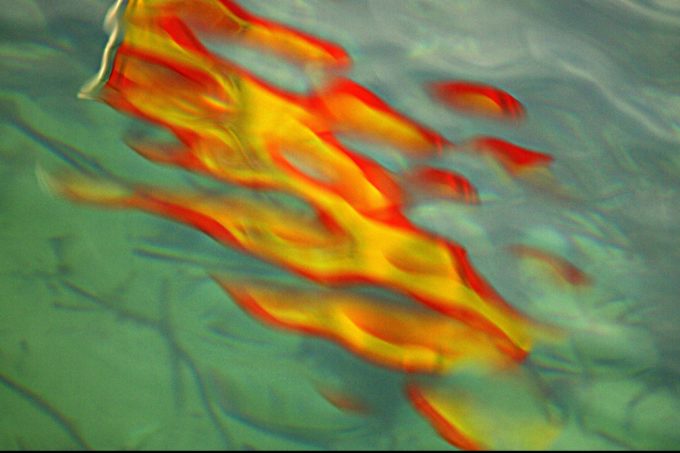
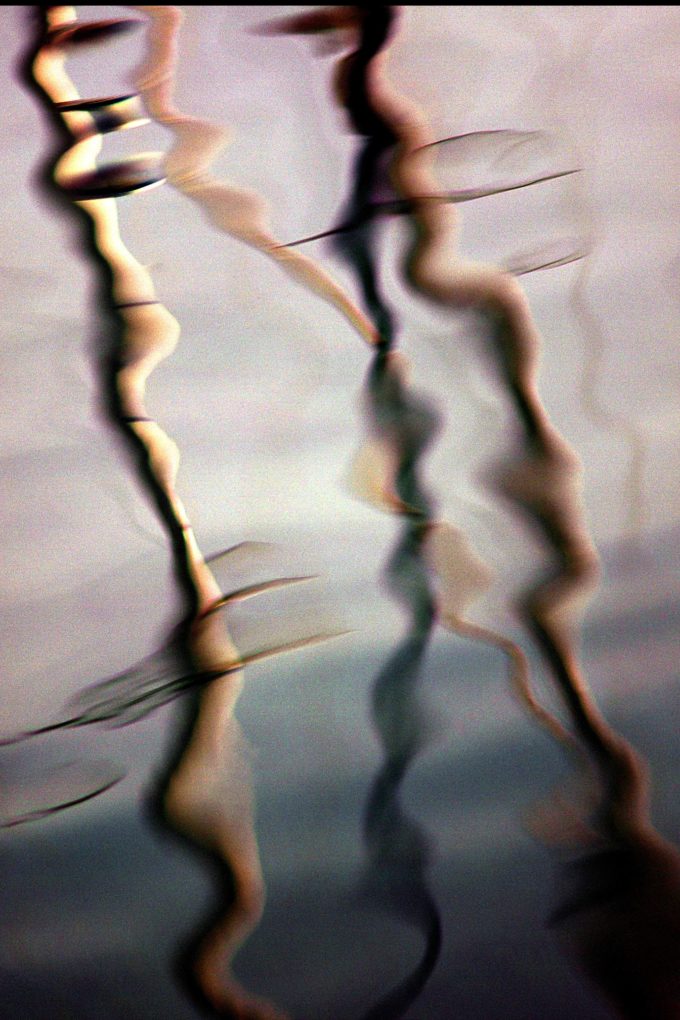
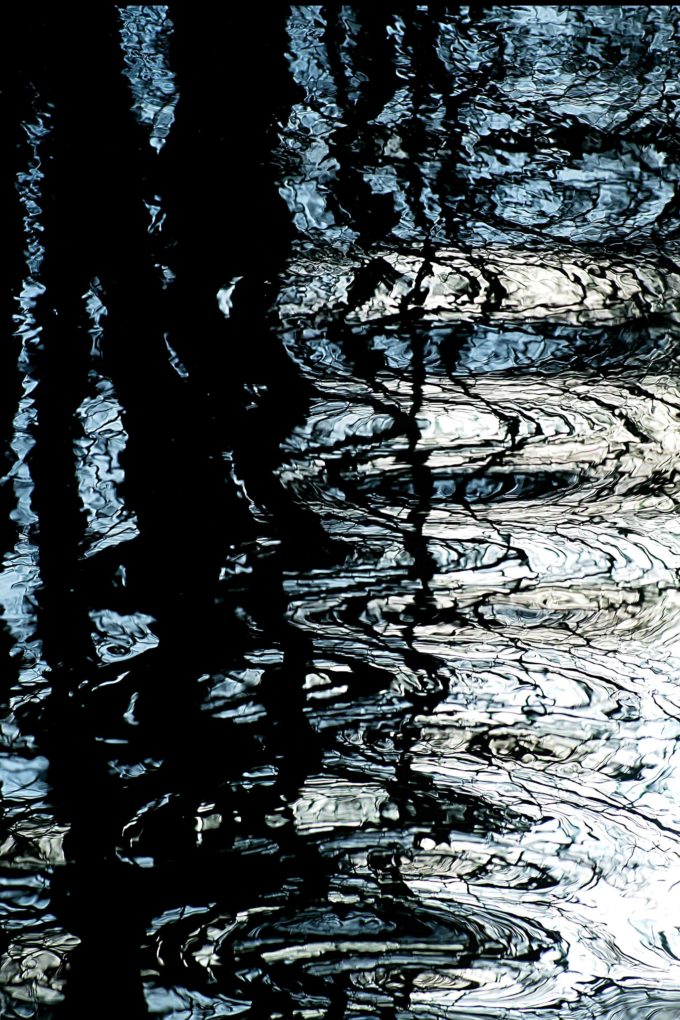
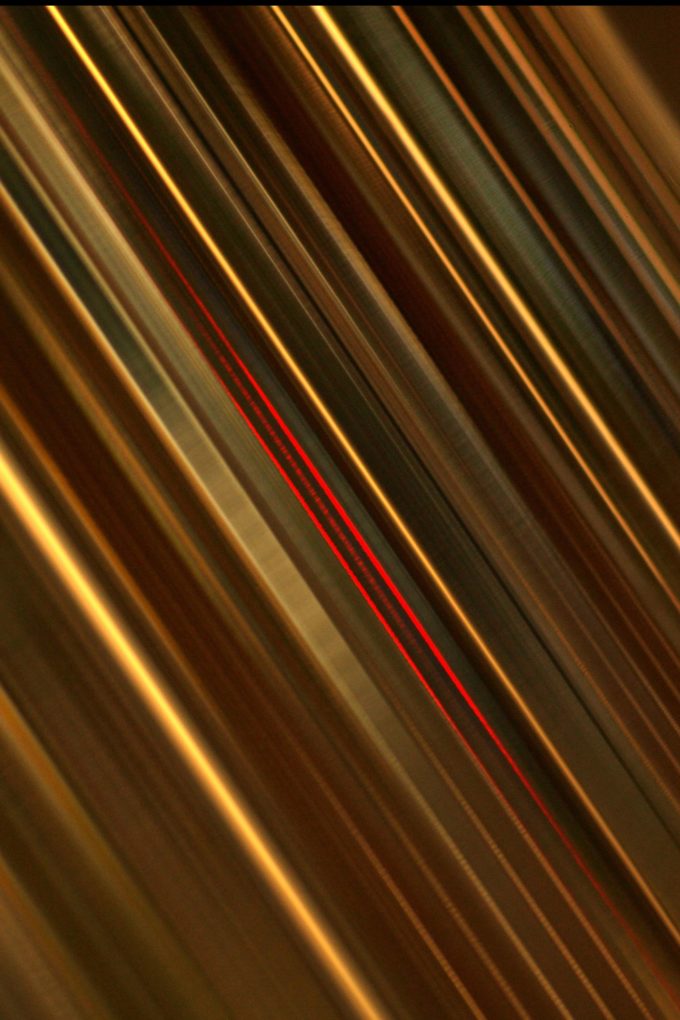
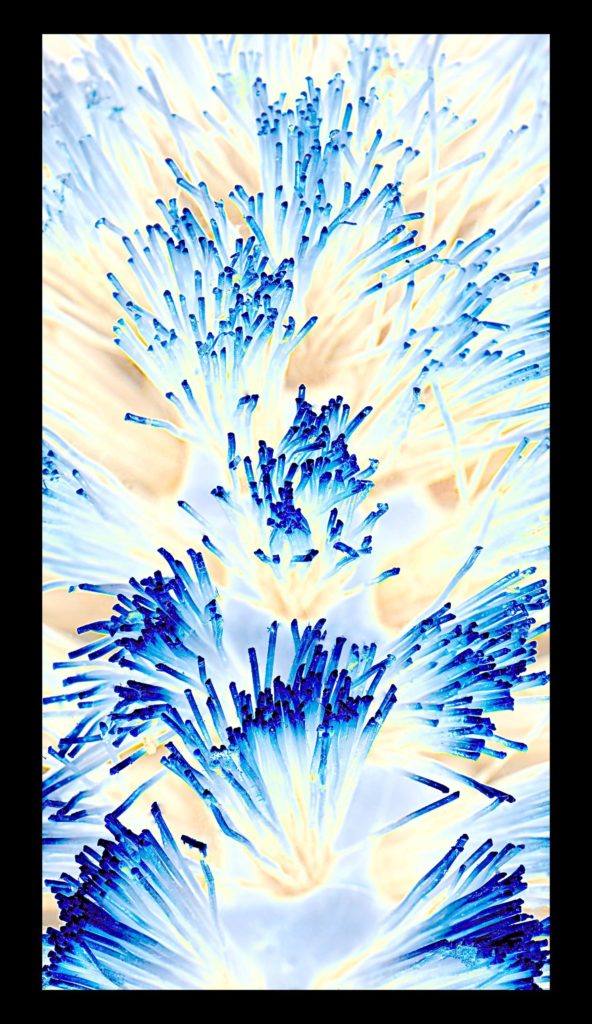
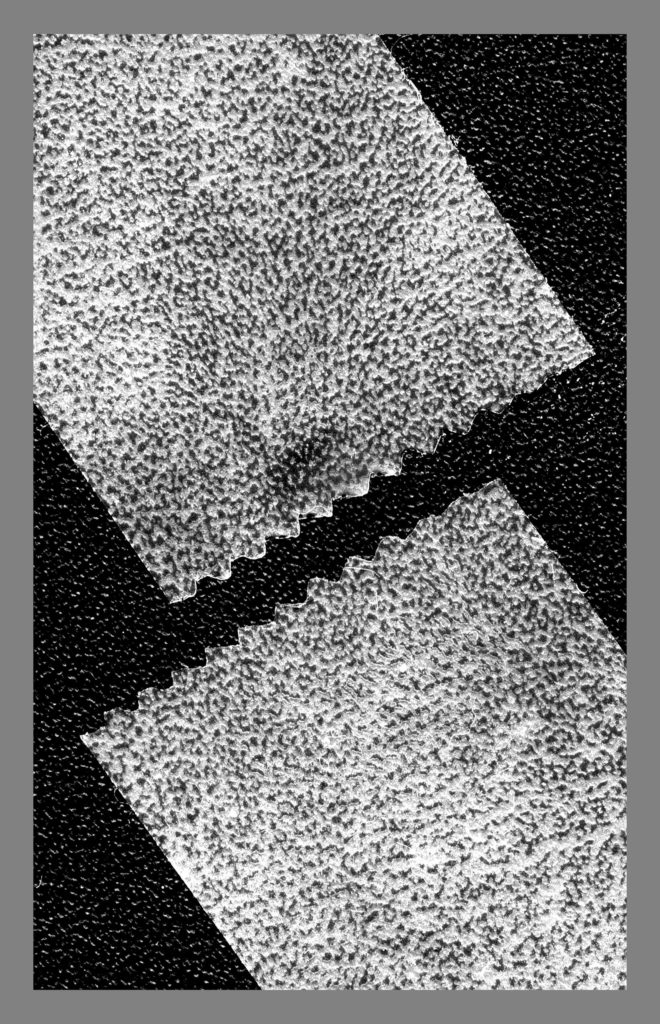
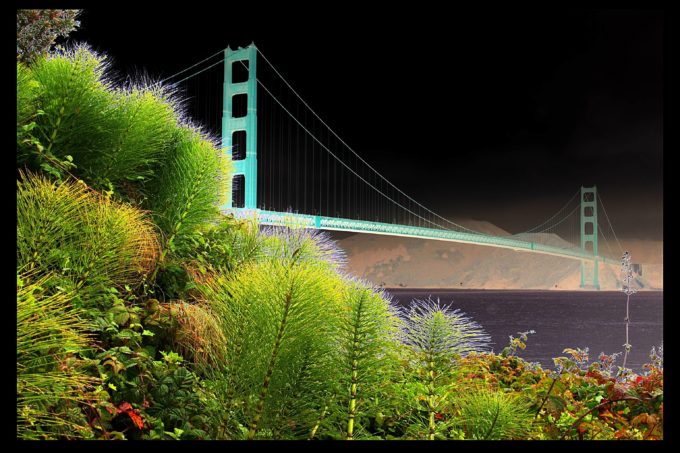
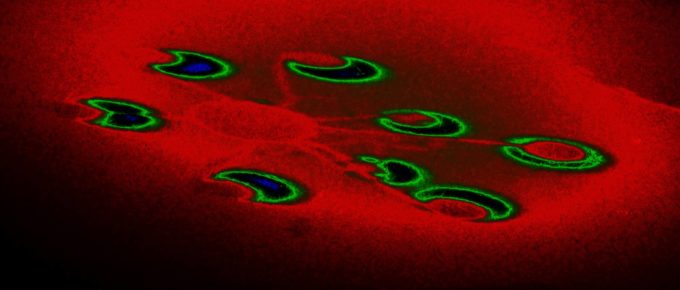
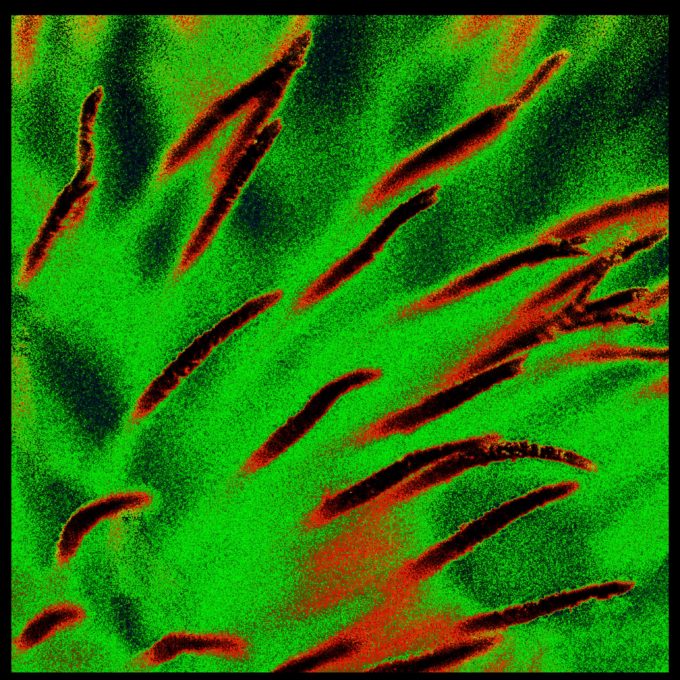
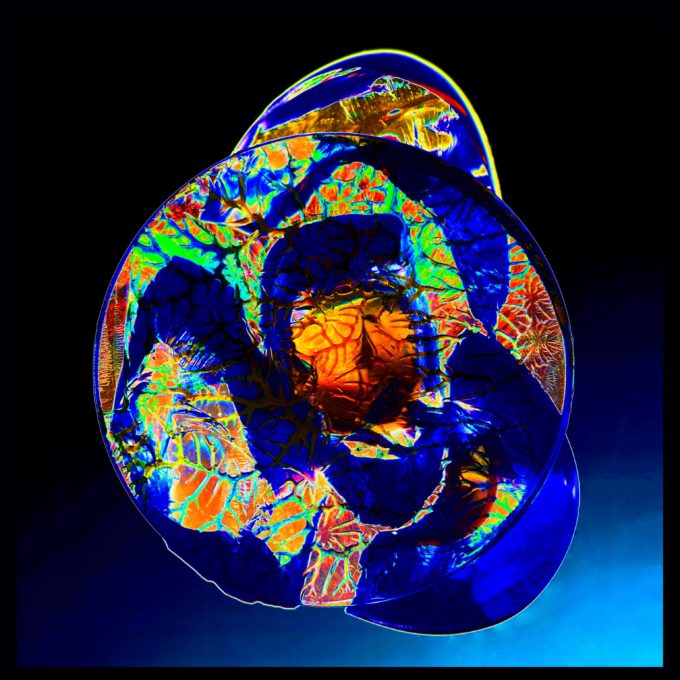
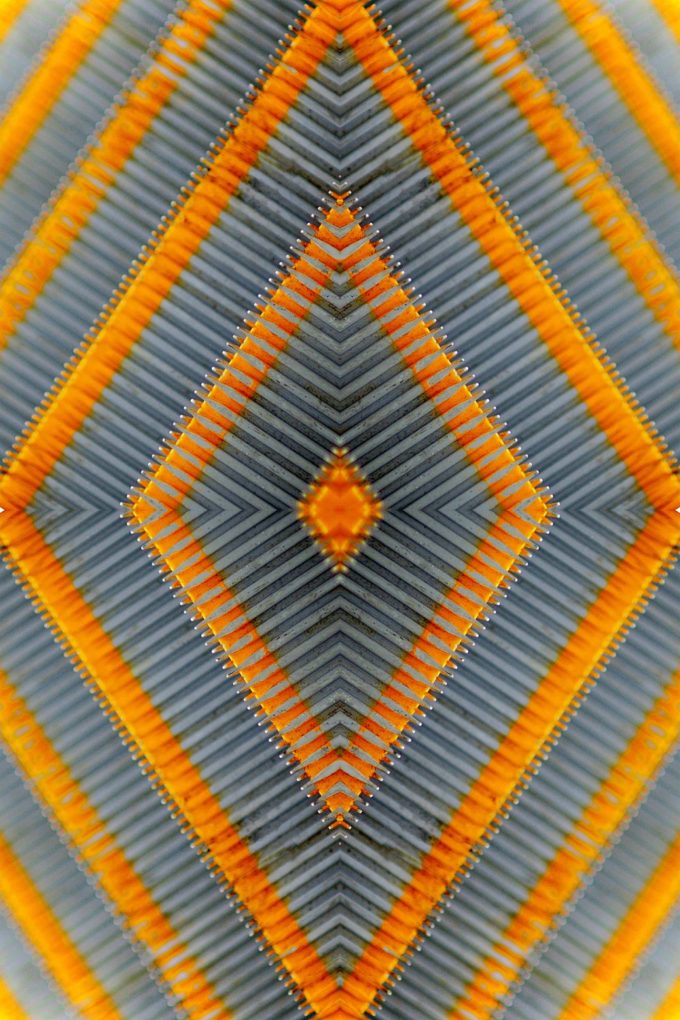
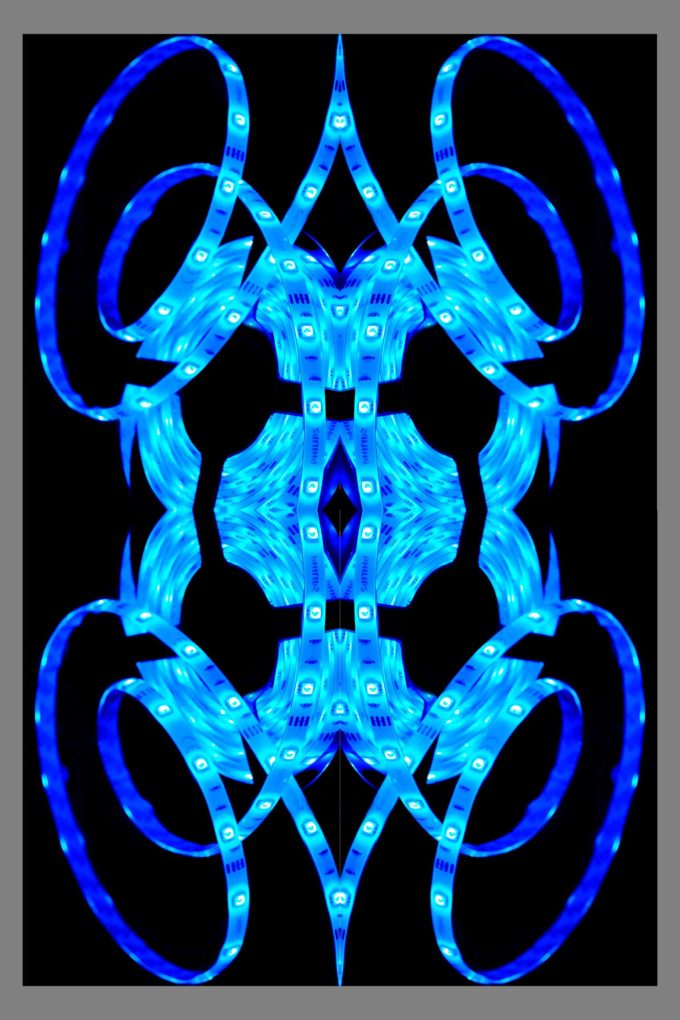
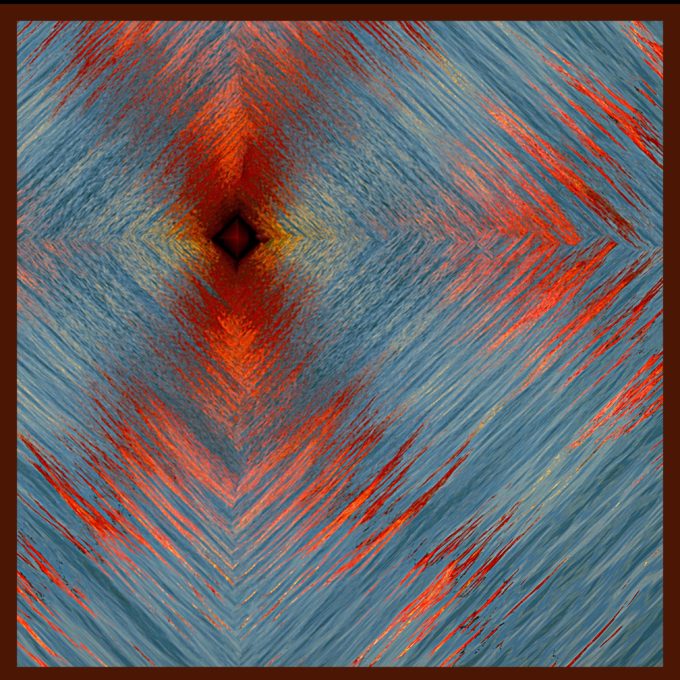
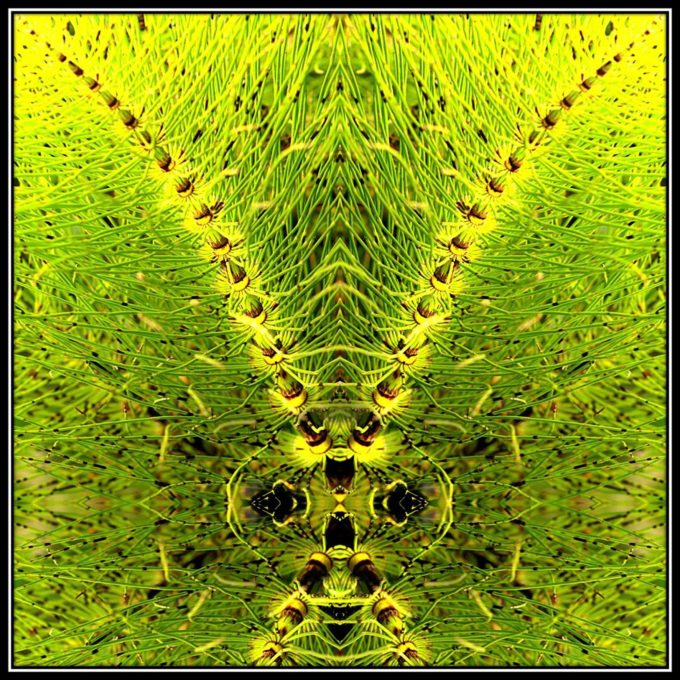
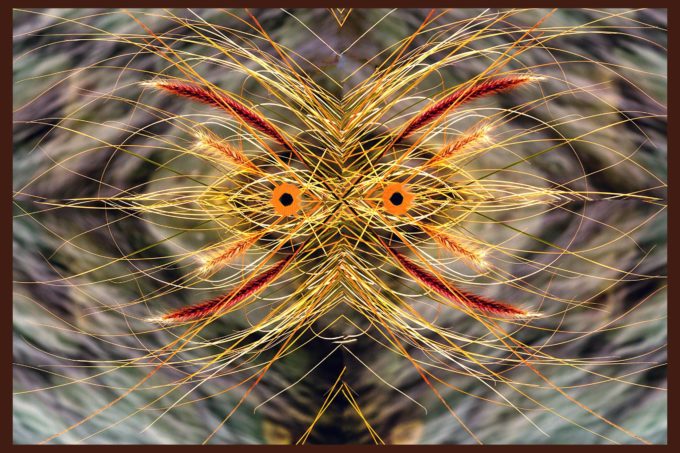

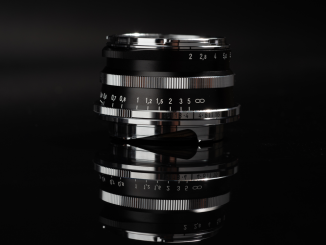
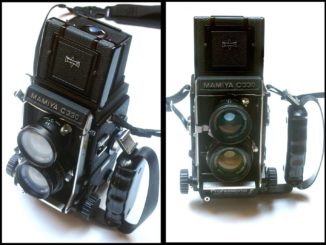
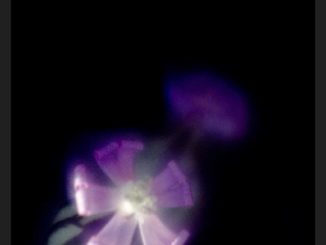
I enjoyed your post and enjoyed your vision.
Dirk
Amazing shots, you definitely have the photographer’s eye-very impressed 🙂
Great work! Your compositions, post processing and taste are all just impeccable! It’s helpful to know that it requires a lot of frames to get that one image that really sings. In sitting looking at this post with a view to my back yard, I can see a number of possibilities for the approach you’ve taken. It’s a different approach than I usually take, which can open new possibilities and keep things fresh. Thanks so much for sharing this, and Steve, thanks for publishing it!
Hi, Bob!
you’ll discover that if you actually pursue possibilities you see, it will keep on opening up into more of them. there is no end to it.
Bye,
Dirk.
Awwwhhhhhsome!
Great inspiration that just goes to show it’s the magic in the mind that creates the image and the camera just records it!
Fantastic! Well done!
Fantastic work. Speaks to my theory the camera is secondary, the photographer makes the image.
I especially love your scanner images, which kinda almost don’t have a camera.
Everything old is new again. My most inspiring photography professor’s personal work were images he did of crumpled paper and other everyday objects on a Xerox machine.
Hi, Chip!
Never thought of crumpled paper on a scanner. Must be great in grey tones. Did do a lot of crumpled aluminum foil, though, looks like an immense diamond. Even wrapped an action man in aluminum foil.
Thanks for the tip!!
Dirk.
you do all of this with an Olympus Pen camera? Is the 200mm macro an adapted lens?
Thanks
Jet
Hi, Jet!
These images are all taken with either an Olympus PEN EP-3 or an Olympus PEN EP-5. Some images, like the reflections, have a 0.1% keeper ratio and film just is no good for that.
I use Canon FD lenses with a $30 adapter. My only Olympus lens is the 14-42mm kit lens.
I shoot a lot with the Canon FD 200mm f/4 macro. It’s equivalent to a 400mm, yet excellently hand holdable. I also use the FD 135mm f/2, which comes close to a 300mm f/2 and is only 4 inches long, and the FD 85mm f/1.2, almost always at f/1.2. Focus peaking isn’t accurate enough for that lens, I enlarge the viewfinder image 7X, that allows me to really nail focus. The 135 and 85mm are fat lenses, but they look cool on the PEN and are no problem using, I just hold the combo by the lens, the camera is an attachment.
The 135 is also a dream street shooting lens, no one sees it’s a serious tele.
I don’t have serious wide angle lenses for the PEN, I shoot these with film. I have a Canon FD 14mm and an FD 24mm f/1.4. the 24mm I sometimes use on the PEN as a normal lens with high light gathering power. It’s incredibly sharp.
I’m completely happy with the PEN, it’s a wonderful camera. 16 megapix is enough for everything, I make four foot enlargements.
Bye,
Dirk.
Love your work Dom and always look forward to your inputs on this site. Wonderful images and certainly makes me more aware of my surroundings. Thanks and regards.
Very cool images!! You’ve given me the inspiration to get out of a slump I’ve been in for about a year. Thanks for sharing.
Hi, Mark!
Just do it, grab a camera and get out. don’t search for excuses not to. Enjoy yourself!
Dirk.
Just wonderful to let your eye and mind go! Well done.
My favorites? …the Life Raft Reflection and Taillight in a Stainless Steel Lighting Pole.
Whilst I applaud your efforts (I like images alien 2 &6, scotch tape on leather pen bag) and bringing this subject type to a wider audience. Please take a look at this chap. http://www.denisyeung.com
If you want to see some truly abstract art that can be created with / in camera. By that I mean that the images have not been altered in Photoshop. It is” very thoughtful” intentional camera movement.
All created with a D800 and 70/200 f2.8 lens. It is something that I have dabbled with in the past but nowhere near as good / clever as you or Denis.
Regards
Absolutely fantastic! Thanks!!
Dirk.